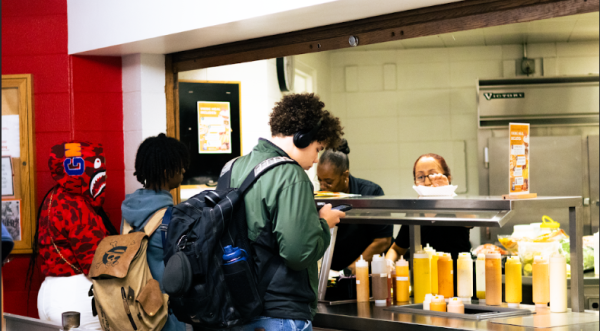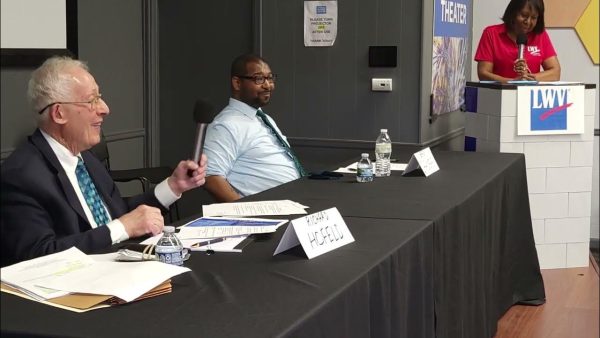1 in 12 teens with emotional pain hurt themselves
They cut, They burn, They even pull their hair out from the roots.
One in 12 teens deliberately hurt themselves, according to 2012 study by Center for Adolescent Health. They are self-mutilators who hurt themselves to deal with emotional pain.
Sophomore Rachel White, a recovering cutter, was that one in 12.
The Voyager has changed her name to protect her identity.
“I started cutting three years ago because I went through a lot with my parents’ divorce, and with my dad … using me as the mediator between him and my mom, and things were getting hard at school,” White said.
The cutting temporarily took her mind off her emotional pain, she said.
“When I cut it was a release and a quick release which made feel better,” White said.
But it’s a secret that too often leads down a worse path.
Self-harmers are more likely to think about or attempt suicide, according to the study. Suicide is the second leading cause of death for teens and has spiked in recent years.
White says she considered overdosing on pills.
“I remember one time while I was cutting, I began to question why I did this, and what the point was because this wasn’t taking the pain away permanently,” she said.
She had a bottle of pills in her hand, but changed her mind at the last minute, she said.
Most self-harmers are young females struggling with painful memories or emotional pain.
“(Self-harmers) have a hard time going through development, and they are looking for some type of escape,” social worker
Phillip Barker said. “They are usually trying to escape circumstances in their life, and take their pain from the inside and put it on the outside for a lasting mark on their body.”
Barker says help is available, however.
Students with friends who hurt themselves should speak to a counselor or adult.
“If someone you know is doing this, contact someone at school,” Barker said. “The staff at H-F is here to help the students through any problems they may have or encounter. We’re here for the students no matter what happens.”
Senior Whitney George says it felt like a “bombshell” when she learned that one of her friends was cutting herself.
“I felt like I had failed her because friends are supposed to protect their friend from bullies, and even if necessary, friends need to protect their friends from themselves,” she said.
Children who are bullied in elementary school are almost five times more likely to engage in self-harm by the time they are teenagers, according to a 2013 study from Child and Adolescent Psychiatry.
“I had a friend I was always able to talk to about my cuts and she said ‘your (expletive) problems don’t matter’ and she said all of these hurtful things like: people don’t care; which eventually led me to eventually believe it. And I cut all the way up until freshmen year,” White said.
White says as her self worth increased, her interest in cutting decreased.
“I no longer cut because I know who I’m supposed to be. I know that: I am valuable, I matter, and most importantly that my life matters, and that everyone’s life matters.”





